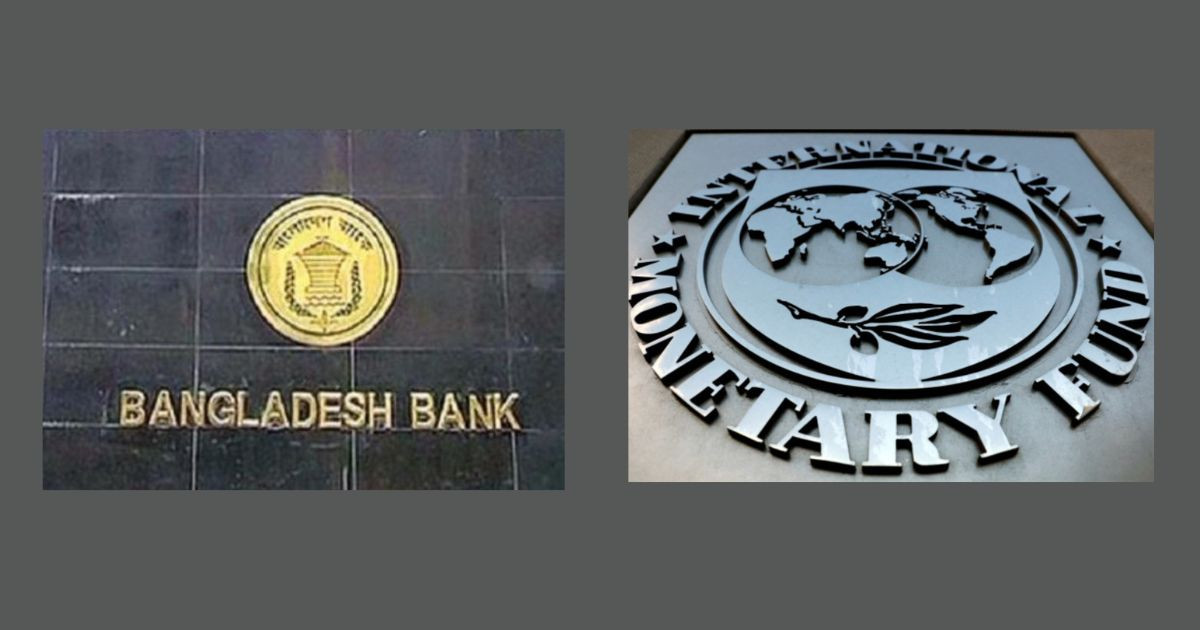


The International Monetary Fund (IMF) is set to investigate allegations that Bangladesh’s banking sector has been keeping information on a large number of defaulted loans secret for years. The organization is seeking a clear answer as to who is responsible for this secrecy?
Is there a planned ‘fraud’ behind keeping the IMF’s questions secret, or is it extreme ‘negligence’ in bank inspections? After the change of government, the real picture of defaulted loans is slowly emerging. The organization now wants to know how such a big truth could not be made public for so long.
A meeting of the IMF delegation with Bangladesh Bank was held today (Tuesday). In the meeting, the IMF delegation asked Bangladesh Bank how and why the information on these defaulted loans was kept secret? The international organization also sought a clear explanation as to why it was not detected during the bank inspection. Several officials present at the meeting confirmed this information.
Meanwhile, for the past few years, there has been an attempt to hide the real situation and portray the banking sector as ‘healthy’. However, after the change of government, the veil of secrecy is now being lifted. As a result, the amount of non-performing loans has suddenly increased dramatically and the real picture has started to emerge.
According to the information received, during the previous government, the amount of defaulted loans was regularly shown as low. It is alleged that this information was not captured in the bank inspection report either. But the information published at present says that in just one year, the total amount of defaulted loans in the country’s banking sector has increased from about four lakh crore taka to more than six lakh crore taka. This rate has increased at an alarming rate in government banks, reaching over 40 percent.
The IMF’s question is whether bank officials played any role in the increase in defaulted loans? Was there any legal weakness or deliberate effort behind not treating the loans as defaulted even after they were not repaid? How did such a terrible flaw remain in the bank inspection system? Did the inspectors act responsibly, or was there deliberate manipulation of the system?
Under the terms of the IMF’s $4.7 billion loan program, the government’s non-performing loan ratio is supposed to be reduced to below 10 percent by 2026. However, after the change of government in August last year, information on a huge amount of non-performing loans that had been kept secret began to be revealed. According to the latest figures from Bangladesh Bank, the amount of non-performing loans has increased by about Tk 4 trillion in just one year, exceeding Tk 6.5 trillion.
The default rate of public sector banks has exceeded 40 percent, and in the private sector it is also more than 10 percent. In other words, the real picture shows that Bangladesh has moved far away from the target. This gap has made the IMF more cautious and investigative.